With the budget cut to its limit, the House turns to inanity and minutia as a means of filling its days with “serious debate”
[one_third last=”no” spacing=”yes” center_content=”no” hide_on_mobile=”no” background_color=”” background_image=”” background_repeat=”no-repeat” background_position=”left top” border_position=”all” border_size=”0px” border_color=”” border_style=”” padding=”” margin_top=”” margin_bottom=”” animation_type=”” animation_direction=”” animation_speed=”0.1″ class=”” id=””][fusion_text]February 8, 2017
Many people can’t take time off from work to see what their state lawmakers are up to. Those who follow the news might know the Legislature is faced with tackling an annual budget deficit in the hundreds of millions of dollars, that they basically refuse to enact new taxes to increase revenue, and that legislators have once again turned to ruthlessly slashing public services as a means of balancing the budget.
But what does it look like when “tightening the belt” to the last notch isn’t enough? Lawmakers resort to hours on end of piddling over minutiae, inane arguments, and other methods of not doing anything that actually helps the state.
Today’s monumental debates over the budget bill—surely reminiscent of those by our Founding Fathers and perhaps even the Athenian inventors of democracy—involved cars, boot camps, the state fair, and mostly wasting time.[/fusion_text][/one_third][two_third last=”yes” spacing=”yes” center_content=”no” hide_on_mobile=”no” background_color=”” background_image=”” background_repeat=”no-repeat” background_position=”left top” border_position=”all” border_size=”0px” border_color=”” border_style=”” padding=”” margin_top=”” margin_bottom=”” animation_type=”” animation_direction=”” animation_speed=”0.1″ class=”” id=””][fusion_text]

House Majority Floor Leader David Miller argues that, at 120,000 miles, some state vehicles are “just getting broken in”
[/fusion_text][/two_third][three_fourth last=”yes” spacing=”yes” center_content=”no” hide_on_mobile=”no” background_color=”” background_image=”” background_repeat=”no-repeat” background_position=”left top” border_position=”all” border_size=”0px” border_color=”” border_style=”” padding=”” margin_top=”” margin_bottom=”” animation_type=”” animation_direction=”” animation_speed=”0.1″ class=”” id=””][fusion_text]Rep. Cheri Steinmetz (R-Lingle) began by attempting to stand on the shoulders of giants. Last year, lawmakers looking to save some dough raised the mileage government vehicles had to be driven before they were replaced from 100,000 to 120,000 miles. Feeling inspired by this stroke of genius, Steinmetz said it should be 150,000 miles so the state can save even more.
But not all legislators agreed that more miles would equal more savings. In fact, several said Steinmetz’s idea would cost the state money. Eleven of the House’s 60 members talked about the amendment, and several spoke twice. But, when the topic of cars comes up in a room mostly full of men, we suppose we shouldn’t be surprised that a whole bunch of auto experts suddenly emerge.
Rep. David Miller (R-Riverton), the majority floor leader, said the state has a maintenance department that knows what it’s doing. “If an engine is gone or a transmission is blown, they’ll probably go and junk the vehicle anyway,” he said. I’ve had some state employees wonder why they have to get rid of their vehicle. They’re just getting broken in at 120,000.”
Rep. Dan Zwonitzer (R-Cheyenne), who works as an auctioneer when he isn’t legislating, reminded his colleagues he knows a thing or two about state cars. “I spent 15 years selling state cars, and I would say 120,000 is already too high,” he said.
Rep. Bob Nicholas (R-Cheyenne), chairman of the House Appropriations Committee, said when he worked in the attorney general’s office he drove state vehicles regularly.
“They’re kind of like rental cars; by the time they get to 80 or 90,000 miles they’re a little bit rickety. So the question is where’s that ‘sweet spot’? We really haven’t had a lot of experience to know whether 120,000 was too high or too low. Maybe it was at 100,000.”
The debates that followed dealt with trying (and failing) to amend the budget bill brought before the House by the Joint Appropriations Committee. The JAC had cut a bunch of funding to programs, and lawmakers were offering amendments to get funding for their pet projects back.
One such pet was the Wyoming Youth Challenge Academy, a boot-camp-like program for at-risk youths to teach them discipline and turn their lives around. The JAC had slashed $500,000 from its budget.
Everyone who spoke agreed that it’s an excellent program. One got the feeling that if the sponsor of the amendment, Rep. Mark Baker (R-Rock Springs) passed a hat, all 60 of the representatives would have kicked in a few bucks.
But Rep. Don Burkhart (R-Rawlins) reminded everyone that the program still has a $2 million per year budget. He said he opposed the amendment because any restored funds would have to come from the School Foundation Program.
“We don’t need to take money from education that we fought so hard to balance in the last two days,” he said. It was a sentiment that carried the day, even after some lawmakers said their own kids had great experiences at the boot camp and reminded them that members of the Youth Challenge Academy would be visiting the Legislature in the coming weeks so they could see for themselves that they would be turning down really, really good kids.
The amendment failed after lawmakers pointed out that 25 percent of the program’s students come from out of state.
The House then turned its considerable powers of deliberation on the State Fair, proposing and denying three separate amendments that would have put between $200,000 and $400,000 back into its budget.
The biggest gripe legislators had with the fair was the low admission price. It only costs $1 to get in, and with the number of visitors the event draws every year, they said the fair could quadruple the admission fees and raise a good part of its own budget.
Rep. David Northrup (R-Powell) responded to a legislator who said raising admission prices, combined with the high cost of food and transportation, would make the state fair cost prohibitive to many who lived far from Douglas.
“So we’re going to get into our $50,000 pickup, hooked up to our $20,000 trailer, throw all of our kids in it, put in $120 worth of fuel, and we’re going to go to the state fair. I understand it … but still [admission prices are] a negligible amount when you look at all the things you do for your kids.”
Rep. Marti Halverson (R-Etna), a staunch state fair supporter, went up to the microphone next. “I would remind the previous speaker that often the truck is being paid off for four or five years, the trailer is often borrowed, or shared,” she said, and then paused. “I wish he hadn’t said those things.”
It went on like this for hours. Sure, democracy’s slow and tough, but jeez…
Receive weekly email roundups of our Capitol Dispatches and other Better Wyoming communications by filling out the form on our homepage. You can also follow us on Facebook and Twitter.[/fusion_text][/three_fourth]

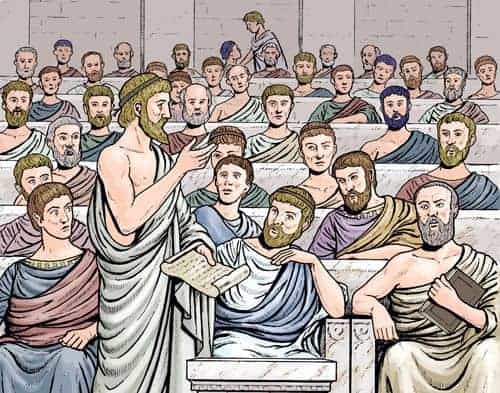
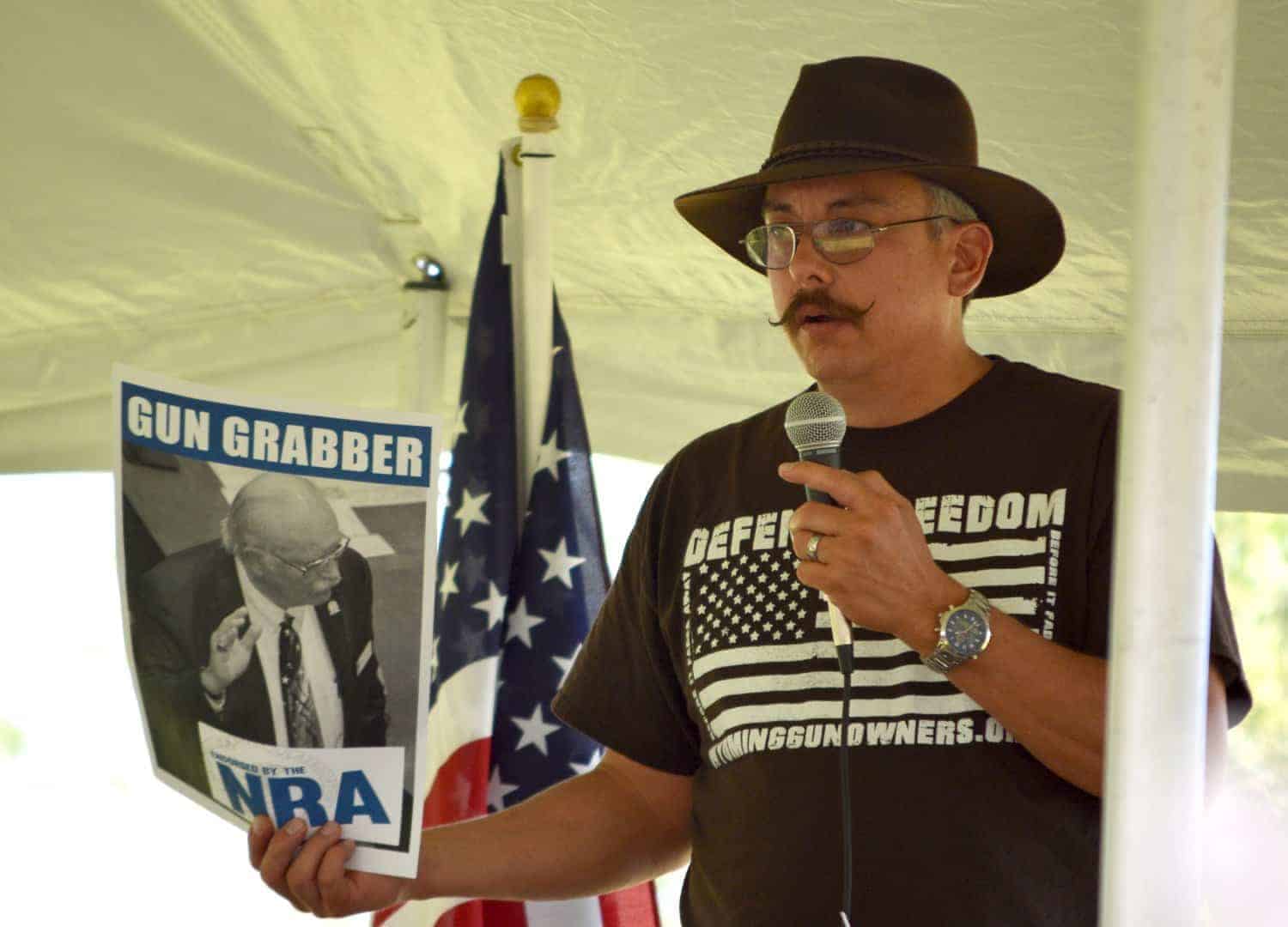
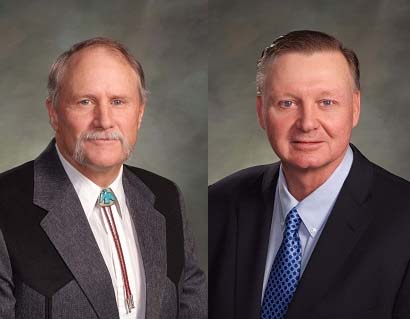
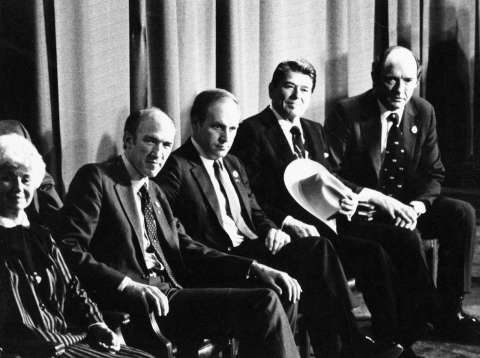
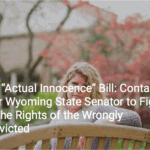

Comments are closed.